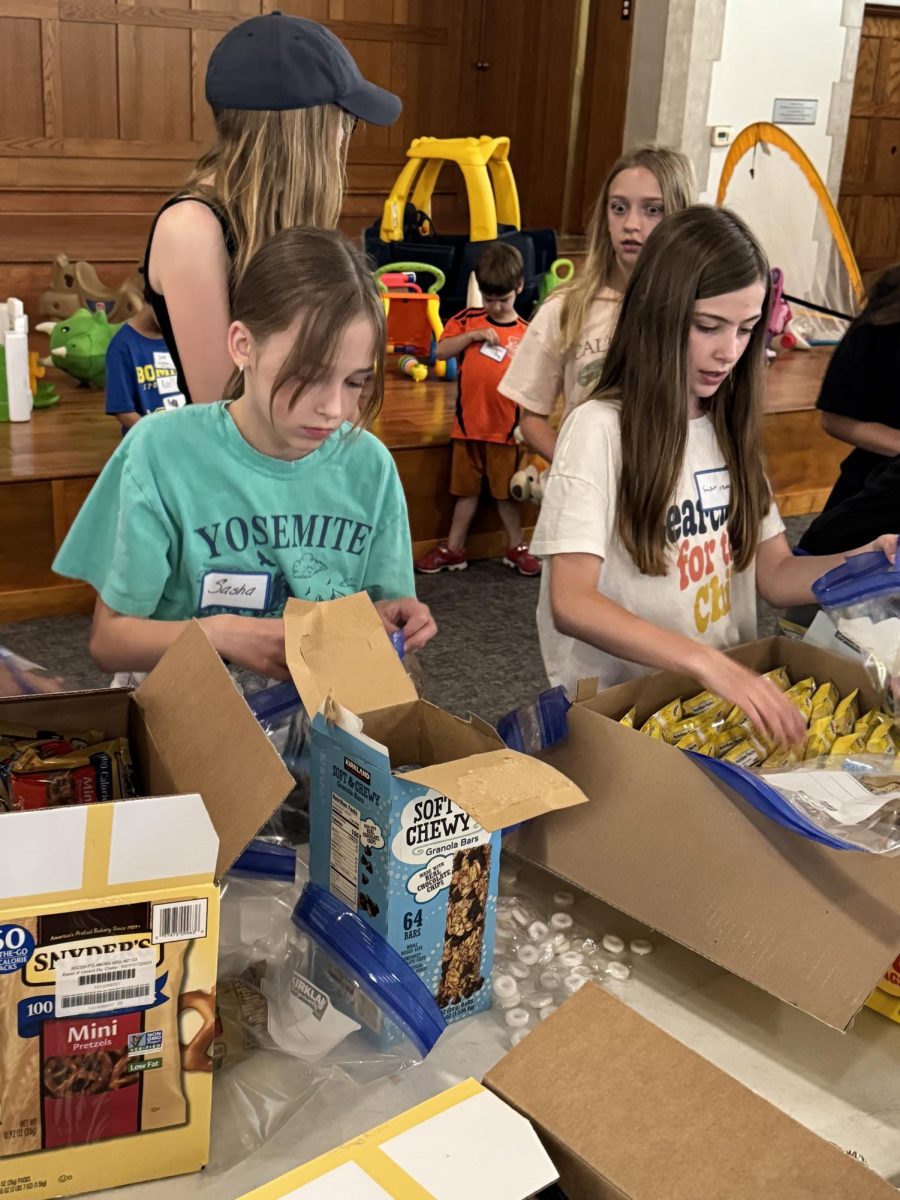On the wall of chef Gerard Craft’s gleaming new Clayton restaurant, Pastaria, there hangs a pizza platter which reads the following haiku:
Flour and Water
Wood fired upon hot stone
Divine Alchemy
When Craft opened Pastaria- his fourth restaurant in St. Louis- he sent pizza platters to all the chefs, mentors and friends who inspired him on his path to becoming a nationally renowned chef so that they could write him well wishes and advice. They represent his rise from a dishwasher in Salt Lake City and his culinary travels in France and Italy.
Most recently, however, Craft’s “divine alchemy†has worked a binding spell on the city of St. Louis, putting him and his four restaurants– Niche, Taste, Brasserie, and Pastaria–at the  forefront of the food revolution in America’s heartland.
Craft first stunned the St. Louis food community with the establishment of his restaurant, Niche, in Benton Park (Niche has since relocated to Clayton in November of 2012).
“I took a shot in the dark, a little bit: I saw a lot of young chefs starting to do things in St. Louis.  It really wasn’t about the region until I lived here, and then I started to really understand the region, and that helped to define my personal style of cooking,†Craft said.
Niche’s sous chef Nate Hereford described Niche as “an evolution in food… We’re constantly learning, constantly trying new techniques and flavors and what not.†Out of all the restaurants, Niche, with its modern design and artistically inspired decor, employs the most “forward†approach.
For instance, Hereford gestured to the six foot tank of liquid nitrogen hulking in the rear corner of the kitchen.  “We use that to make ice creams,†he said.  “It freezes things at such a cold temperature… you can take this coffee that I’m drinking right here and turn it into ice cream in front of your eyes.â€
The nitrogen tank is just one example of the staff’s avant garde approach to food. “I mean, it’s not just your normal ‘steak and fries,’†Hereford said.  “We put thought into our dishes, and we put thought into how flavors and textures and temperatures contrast and work together with each dish.â€
While Niche was receiving ardent praise– STL Today proclaimed that it “sets the standard for haute cuisine in St. Louis‖ Craft set out to establish a “sophisticated place to drink†with a more classical agenda.
The result was Taste.
“It was groundbreaking, the first of its kind,†Ted Kilgore, the head mixologist, said.
Taste was originally an 18 seat bar with only eight items on the menu. Since then, the bar has moved to the Central West End and adopted a prohibition-era “speakeasy†theme.
On any given night, the dapper “mixologists†behind the bar are mixing, shaking and stirring up a dizzying array of alcoholic drinks and spirits (one of the greatest selections in the state), in addition to creating non-alcoholic mocktails for the under-18 crowd.
Under the direction of head chef Matthew Daughaday, the Taste kitchen has expanded to form an independent identity: sous chef Heather Stone described the cuisine as a twist on foods that customers associate with their childhood.  For example: Daughaday’s recently crafted pannacotta of gelatinized carrot juice was inspired by carrot cake.
For his next project, Craft was galvanized by his personal experiences abroad. “I cooked in France when I was younger and fell in love with French food, and French bistro food especially,†he said.
Craft named his new restaurant Brasserie, which translates as “beer house†in French.
As Brasserie sous chef Adam Guess described Craft’s nod to French cuisine, he stirred and sampled an array of colorful sauces simmering on the crowded stove-top.  In contrast to the cutting edge Niche, “we spend a lot of time perfecting classic [French] technique and procedure,†he said.
Finally, in September of 2012, Craft opened the doors of  Pastaria in Clayton’s glistening Centene Center, next door to the renovated Niche.
Craft says that the inspiration for Pastaria, with its bright yellow walls and mason jar glassware, stemmed partly from his role as a father.
“I have two kids, I have a seven-year-old and a four-year-old, and I wanted to have a place where I could take them and I could still eat good food and drink good wine,†he said.
It seems fitting that Craft was inspired by his family in an industry that requires a massive degree of teamwork and cohesiveness.
“We help each other out,†Niche chef Nate Hereford said. “ [People go to] baby showers, people go to weddings, people get gifts for everybody, and we’re always coaching each other.â€
In the high stress culinary world, close relationships can be integral to a restaurant’s success.
“It’s tough, and it’s tiring, but these are your comrades in the good fight…It’s a partner under fire,†Brasserie manager Sarah Klipper said.
Although the hectic nature of the industry requires each restaurant to work mostly individually on a day to day basis, friendships extend beyond the walls of the kitchen.
Adam Guess, Brasserie’s sous chef, described his friendship with Taste head chef Matthew Daughaday, saying, “I work with [Daughaday] any time I’m in need of something…We bounce ideas off each other, taste things, vent to each other, that type of thing.â€
In addition, each member of the team is eager to promote their comrades’ success. “We always like to keep it very friendly and keep it like a family. We trade employees. Ricky, our old line cook, we traded him over to Pastaria so he could get more experience and a broader view of things,†Stone said.
In addition, Craft’s kitchens are spotted with college majors in philosophy, chemistry and pre-medical studies, a variety has allowed each team to developed a famously thought-provoking repertoire.
“I studied anthropology in college, and it kind of got me into cooking,†Hereford said. “We put a lot of thought and a lot of energy into the food …We’re all driven and passionate about what we do.â€
For many, the hectic stress of the kitchen can be highly gratifying. “So to me, it’s almost a high, a buzz to be in here and enjoying this,† Guess said. “And when I walk out into our dining room, our beautiful dining room, and to see the windows open on a beautiful day like this, that just… gives me chills.â€
One particular point of pride is customer service.
“We hardly ever tell the guests no.  We’ll go leaps and bounds to give the guests what they want,†Pastaria and Taste employee John Cowan said.
In addition, the staff treats each request as a challenge to expand their repertoire.  “If people are requesting oxtail and beef tongue and things like that, then we can expand our knowledge,†Taste sous chef Heather Stone said.
And, of course, at the head of it all is Gerard Craft.
“[Craft] is a true cook.  He knows how to work hard, but he’s not afraid of it.  He’s not the type of owner or cook that doesn’t know how to get on the line and get dirty, get gritty, and sweat,†Guess said.
Pastaria bartender Cedric Aubuchon described Craft as a triple threat restaurateur. “He’s got a great business mind, he has a great restaurant mind, and he’s an amazing chef; all three of those together is unique,†AuBuchon said.
Despite the glowing praise that Craft’s staff gives him, Craft himself is the picture of humility.  While confident in his team’s abilities, he is humble about their accomplishments.
“I would hope that our food inspires people.  I think it’d be egotistical to make that statement, but … we hope that people take that [initiative] and continue to push,†Craft said, to a background of hissing steam and shouts of the kitchen.
Craft chuckled at the suggestion that he was at the forefront of the food revolution.
“No.  I think there’s a lot of good chefs in this town, and it’s kind of a newer generation of chefs,†he said.
In other words, Craft and his restaurants are merely one face of the movement that is sweeping across St. Louis.
“Kevin Nashan down at Sidney Street Cafe is cooking really great food now; there’s a lot of people that are doing really great things,†Craft said. Others pointed to Kevin Willmann of FarmHaus, Cassandra Vires of Wine Kitchen, and Christy Augustin of Pint Size Bakery.  “The midwest region is really starting to define itself, and I think it’s an exciting and an inspiring time to be here,†Craft said.
“We’re seeing a huge resurgence of food culture here, and it’s food from all over.  With that I think we’re seeing a lot of product quality going up, trying to stay local, fresh … Once the idea takes off and does well, it spiders out to the rest of the community,†Cedric AuBuchon said.
One strategy that is particularly important to the team is the integration of St. Louis geography and culture into the food.  “It reminds me of a brussel sprout dish,†Hereford said.  “It’s really simple … We get rye soil from the wheat fields, we get brussel sprouts from the farmlands, we get ricotta cheese from the milk from the cows … We’re inspired by the region and the food is reflected upon that.”
After describing the weekly visits of a local farmer who carries her shiitake mushrooms in a cloth sack to Brasserie, Klipper expressed a similar inspiration born from the use of local food.
“We are the midwest, this is America’s heartland, and you can grow so much here, it would be a shame to not utilize it and to show people that you don’t have to get something that’s frozen or imported,†Klipper said.
However, Stone believes that the entire community must make a passionate commitment to quality food. “If we get all the restaurants on board to be a cohesive unit, to think the same, that we don’t want to just put food on the plate, but that we just want the best quality of food, that starts from the bottom up,†she said.
For St. Louis, a city that has suffered high crime rates and plummeting populations, this cultural resurgence could offer enormous benefits.
“Everyone knows Anheuser Busch, the Cardinals, and the Rams, but I think there’s a lot more culture to be found in St. Louis.   As best as we can help everyone else succeed, the best we’re going to do overall as a group, and the best we do at putting our city on the map,†Klipper said.
All the while, Craft’s team is working towards that goal by excelling at what they do best: crafting delicious and thought-provoking cuisine.
A tub of magenta pomegranate pear gelato emerges from the freezer while next door Nate Hereford flash-freezes ice cream with liquid nitrogen.  At Taste, Daughaday sprinkles caramelized sugar on his carrot pannacotta and, next door, the scent of Guess’s bourdellaise sauce wafts out of the kitchen into the bright dining room.
The first customer of the evening walks through the door.
Divine alchemy indeed.







